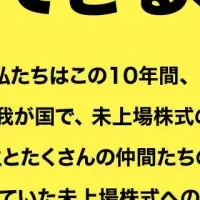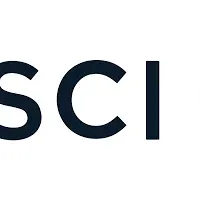
S&P Dow Jones Indices Revise Market Capitalization Criteria for 2025
S&P Dow Jones Indices Revises Market Capitalization Criteria for 2025
S&P Dow Jones Indices (S&P DJI) has announced significant changes to the market capitalization eligibility requirements for the S&P Composite 1500 Indices, which will take effect on January 2, 2025. These adjustments aim to keep up with market trends and ensure that the indices represent the current financial landscape accurately. Here’s a detailed look at the new criteria and what it means for companies aiming to be included in these prominent indices.
Overview of the Changes
The revised market capitalization criteria will enforce updated ranges for each index within the Composite 1500. The following changes are noteworthy:
Previous and Updated Market Cap Criteria
1. S&P 500:
- Previous: Minimum of $18.0 billion
- Updated: Minimum of $20.5 billion
2. S&P MidCap 400:
- Previous: Range of $6.7 billion to $18.0 billion
- Updated: Range of $7.4 billion to $20.5 billion
3. S&P SmallCap 600:
- Previous: Range of $1 billion to $6.7 billion
- Updated: Range of $1.1 billion to $7.4 billion
These criteria are reassessed quarterly to ensure they align with market conditions, reflecting shifts in the economy and financial dynamics. The goal is to maintain a consistent representation of company sizes across the indices, providing investors with reliable benchmarks.
Understanding the Impact of Changes
The implications of these updates are significant for companies aspiring to be part of these indices. Existing companies already included are not removed for not meeting new additions criteria unless other ongoing conditions necessitate an index change. However, for new entries, only those meeting the updated thresholds will be considered.
These market cap thresholds also underscore the performance levels companies must achieve to be part of an elite market benchmark.
For each index, the companies must exhibit a security-level float-adjusted market capitalization (FMC) constituting at least 50% of the respective index’s total company-level minimum market capitalization threshold to qualify for consideration for addition.
Why Market Cap Matters
Market capitalization is a critical metric as it gives an insight into the size and stability of companies. High market cap indicates stability and can often correlate with greater market trust from investors. The S&P indices are widely regarded, serving as benchmarks for fund managers and investors alike, guiding investment strategies and portfolio management.
The S&P 500 aims at the 85th percentile of total market capitalization, while the S&P MidCap 400 ranges from the 85th to 93rd percentile and the S&P SmallCap 600 typically sits between the 93rd and 99th percentile. The adjustment aligns the indices with current market realities.
Future Considerations
As the current economic landscape continues to evolve, the adjustments made by S&P DJI affirm its commitment to accurately representing the market. The U.S. Indices methodology document will be updated shortly to document these new changes.
For those interested in exploring the full breakdown of market cap ranges dating back to 2007, you can refer to Appendix A of the U.S. Indices methodology on the S&P Global website.
For more updates on S&P Dow Jones Indices and the changes within, visit S&P Global. This evolution is crucial for investors looking to navigate the markets with informed strategies and insight into emerging market trends.
Topics Financial Services & Investing)










【About Using Articles】
You can freely use the title and article content by linking to the page where the article is posted.
※ Images cannot be used.
【About Links】
Links are free to use.